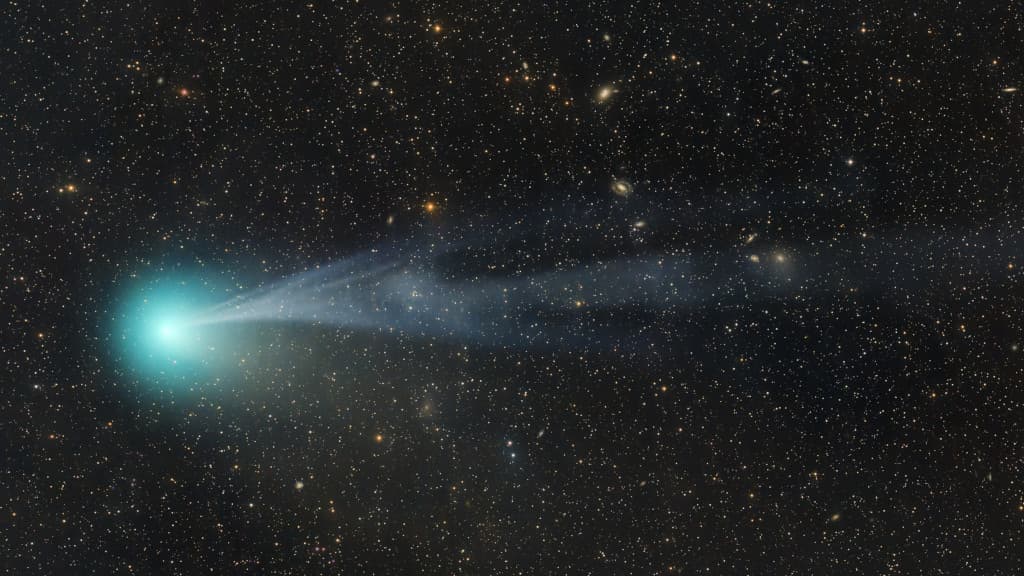A “devil’s comet” three times the size of Everest is currently observable from Earth

The star continues to gain speed and moves closer to the Sun. Thus it becomes brighter and brighter, so much so that we can undoubtedly see it from Earth, using a small telescope or binoculars.
She is nicknamed “Devil’s Comet” because of the two horns that make up her hair. A comet three times the size of Everest is currently observable from our northern hemisphere. And this is a rare fact because the last time it appeared was in 1954, and its next visit to the edge of the Earth will not happen before 2095.
Indeed, 12P/Pons-Brooks travels through its orbit every 71.3 years and will reach its perihelion, that is, its closest point to the Sun, on April 21.
Brighter and brighter
As reported by The Guardian, scientists believe it is a cryovolcanic comet and therefore emits dust, gas and ice when the pressure inside the comet increases under the impact heat. Therefore, as it gets closer to the Sun, it becomes more and more visible.
Moreover, last year it experienced a burst of activity that made it a hundred times brighter. On February 29, the comet again experienced a spectacular icy burst and is now more easily recognizable.
However, scientists warn that you will need a small telescope or good binoculars to see it well.
Avoid light pollution
To do this, you should go to a place where you can avoid light pollution as much as possible, so away from cities, at the beginning of the night without clouds or fog and without much light coming from the moon. Then you have to look north-west.
To see the comet pass, you must locate the constellation Andromeda. In particular, you can use mobile applications that, by pointing the smartphone camera at the sky, reveal the names of celestial bodies. The Devil’s Comet will be above the constellation.
Specifically, on March 31, 12P/Pons-Brooks will be just 0.5 degrees from a bright star called Hamal,” Paul Strom, an astrophysicist at the University of Warwick, told the Guardian.
According to Nicolas Biver, president of the Comet Commission of the French Astronomical Society (SAF) and astrophysicist at the Paris Observatory, “the week of March 11 to 17 will be very good” to see the comet.





